Integrated Saline Agriculture and Dryland Agroforestry
Project Location
Erongo, Otjizondjupa, Khomas, and Hardap regions
Socio-economic and Environmental Context
Coastal Erosion / Sea Level Rise / Salinisation / Soil Health / Drought / Job Creation / Desertification
Objectives
+ In our coastal sites we aim to develop integrated saline vegetable farms and sustainable Silvo-aquaculture systems
+ On our inland farms we aim to use saline groundwater to grow salt tolerant cops as well as dryland agroforestry systems
Benefits
+ Ecosystem conservation & reforestation
+ Coastal resilience for communities
+ Alternative sources of livelihood
+ Climate mitigation
+ Carbon sequestration
Seawater Solutions Role
Technical development and project management
BioPro Ltd – Partner Organisation Role
Project management
Regenerative Resources – Partner Organisation Role
Design and technical development
www.regenerativeresources.co
If you have questions or want to learn more about our operations here in Namibia, you can get in touch with [email protected] or [email protected].
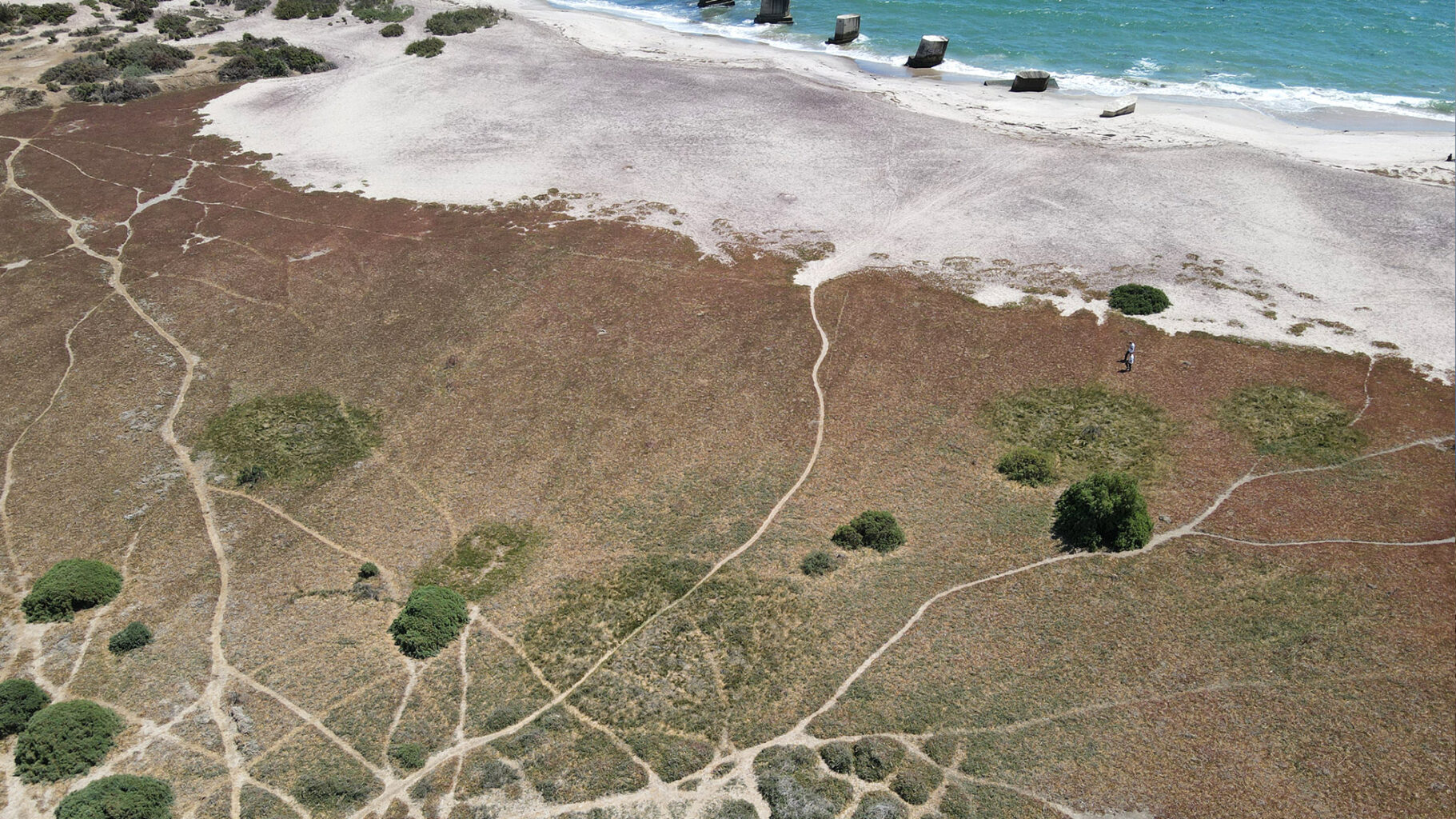
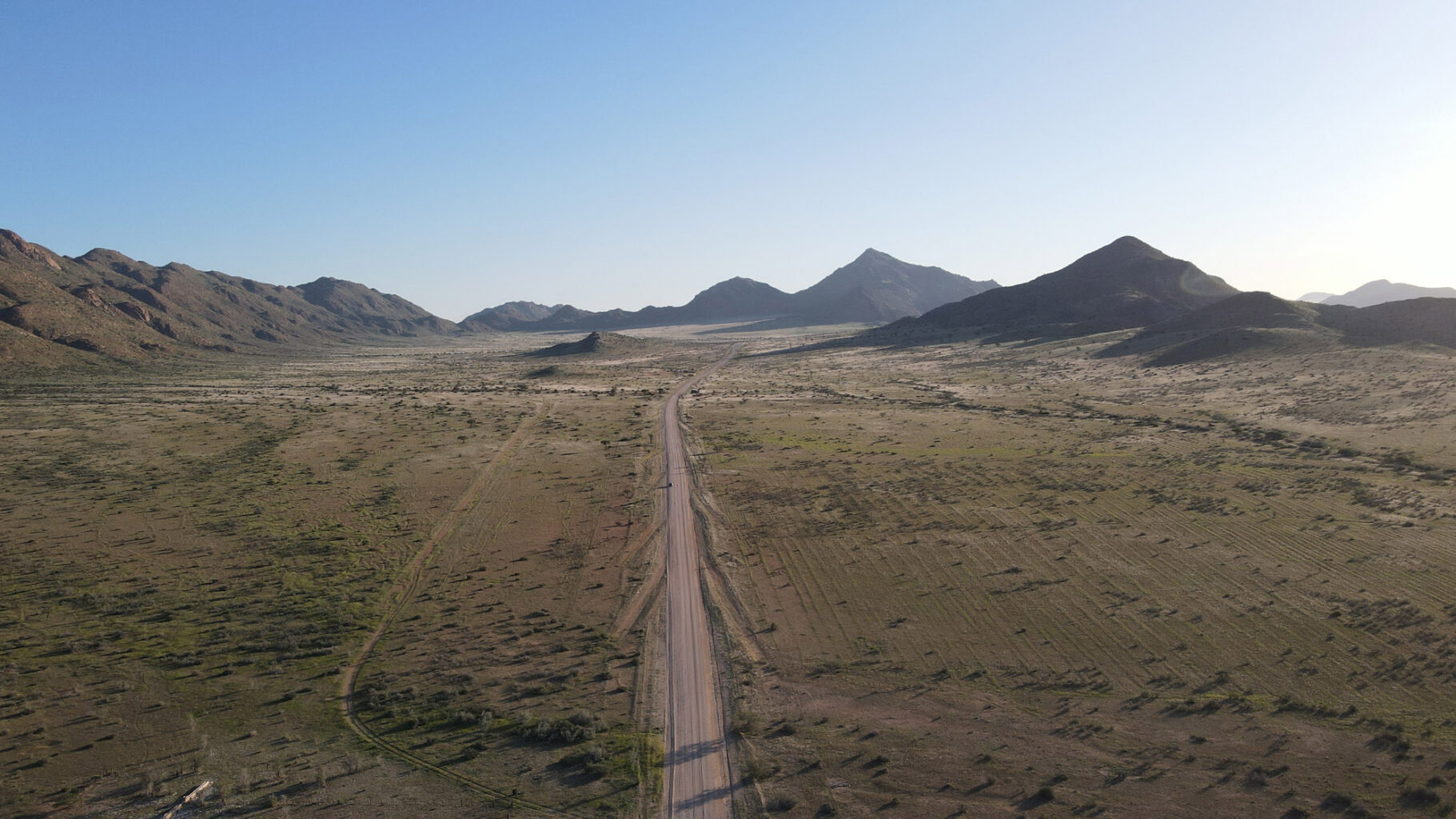
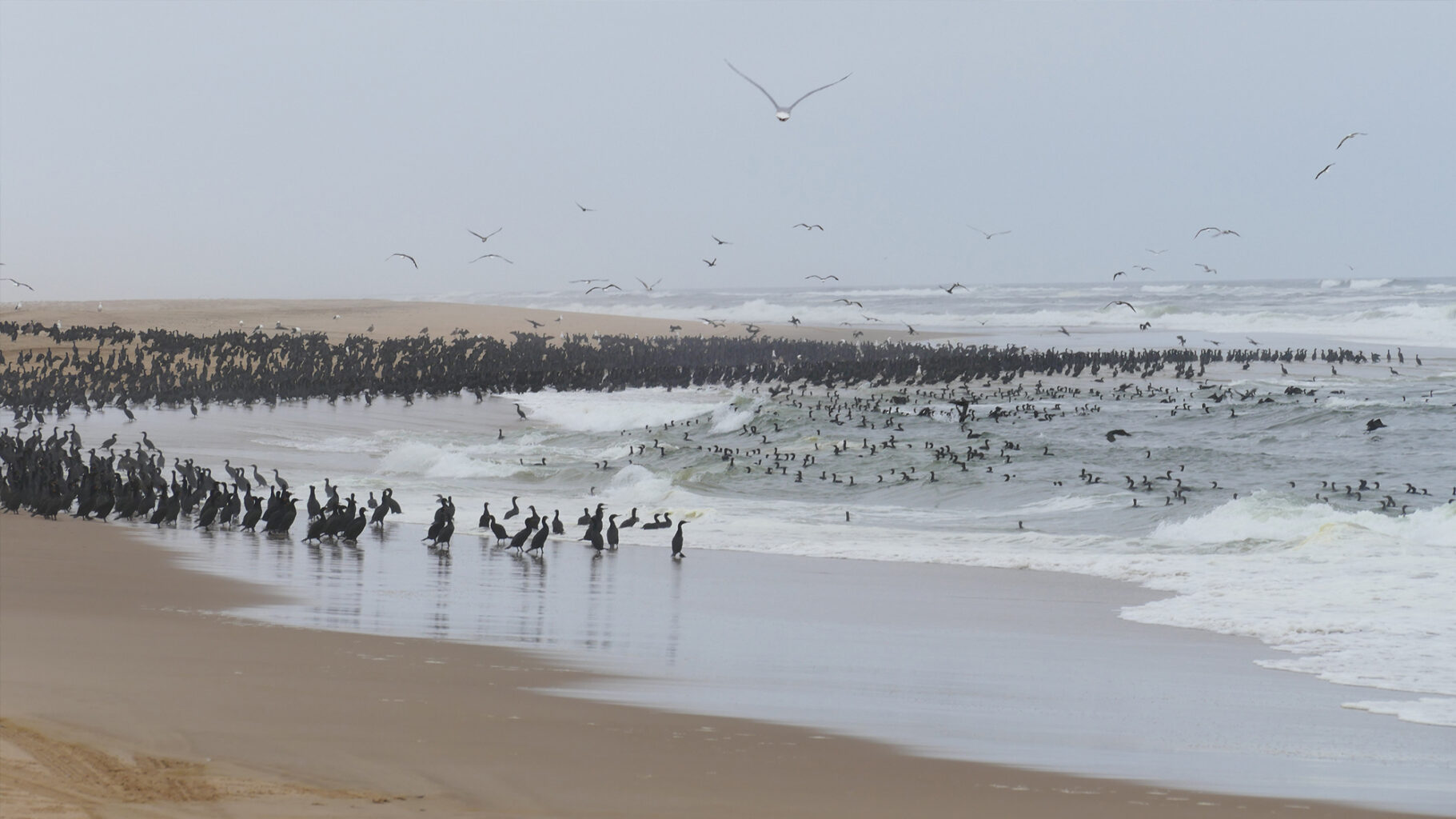
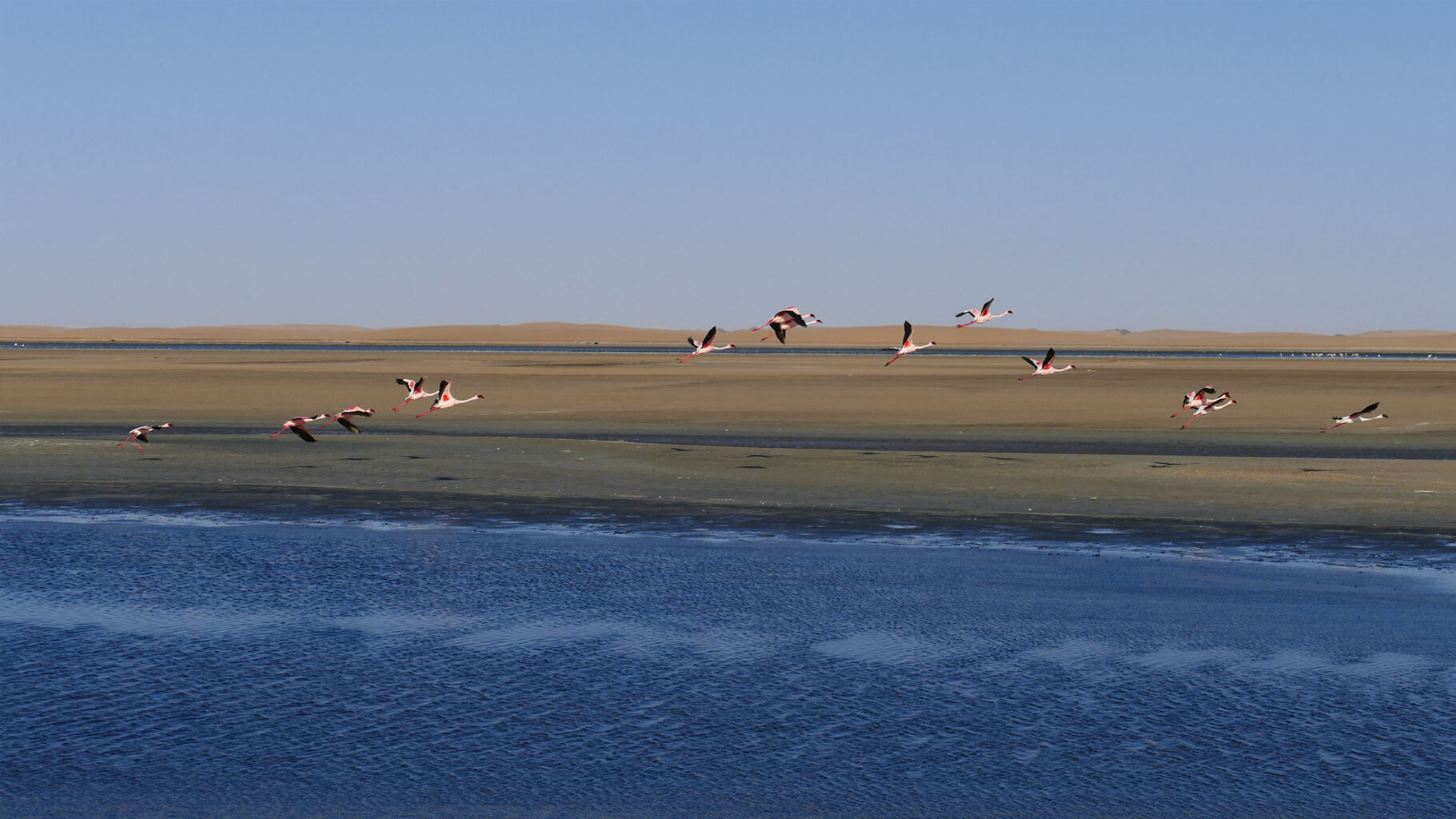
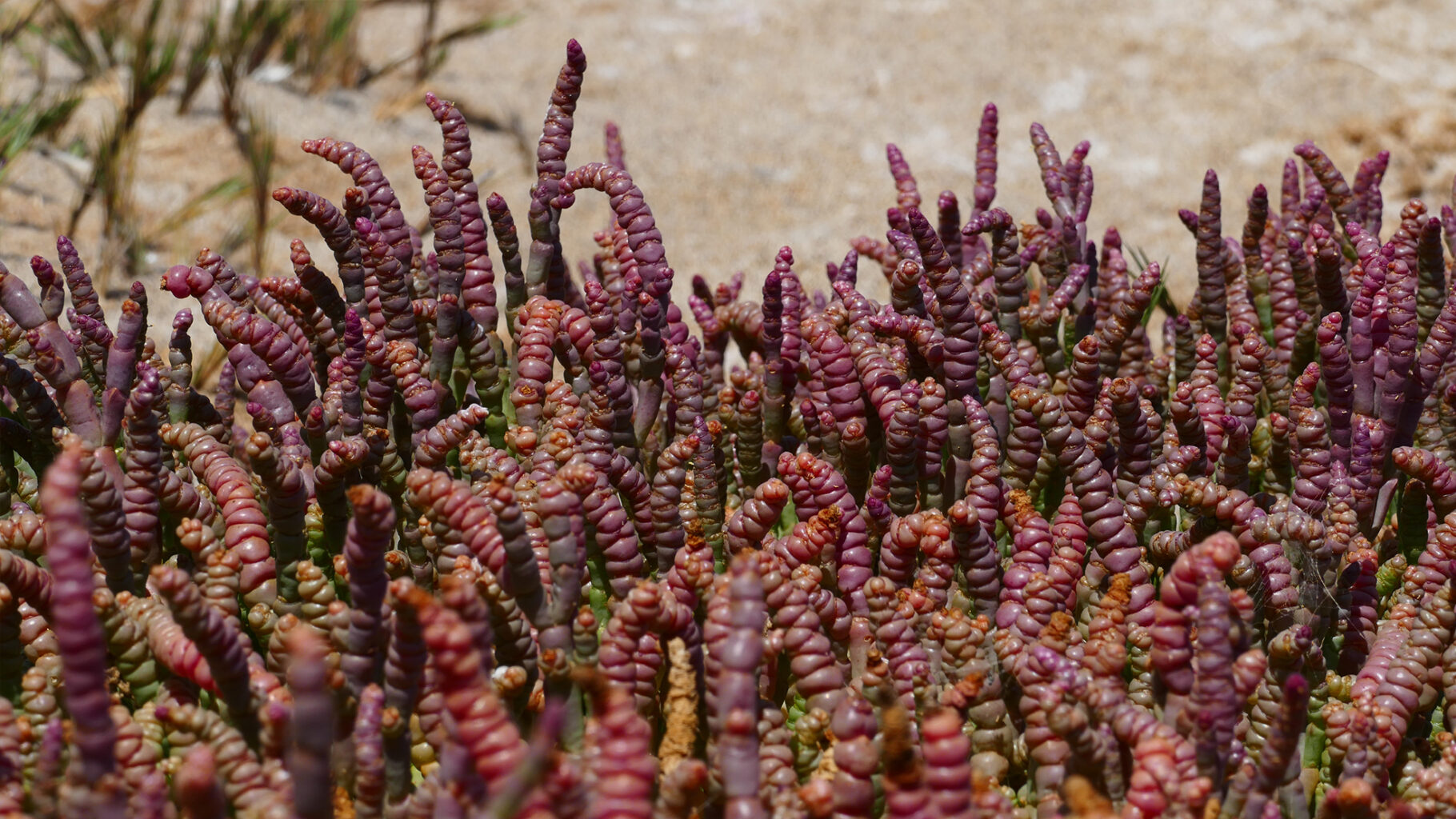
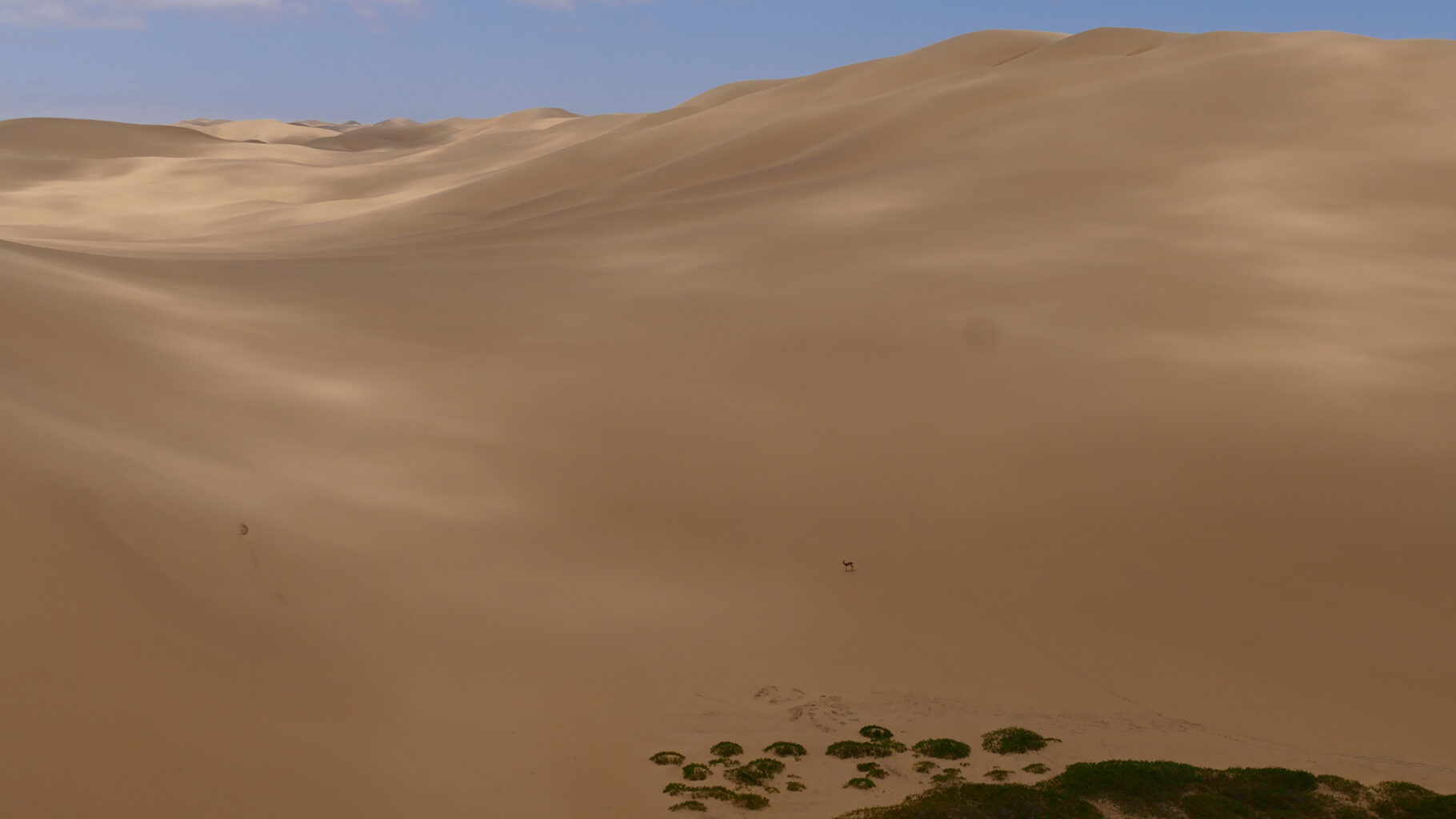
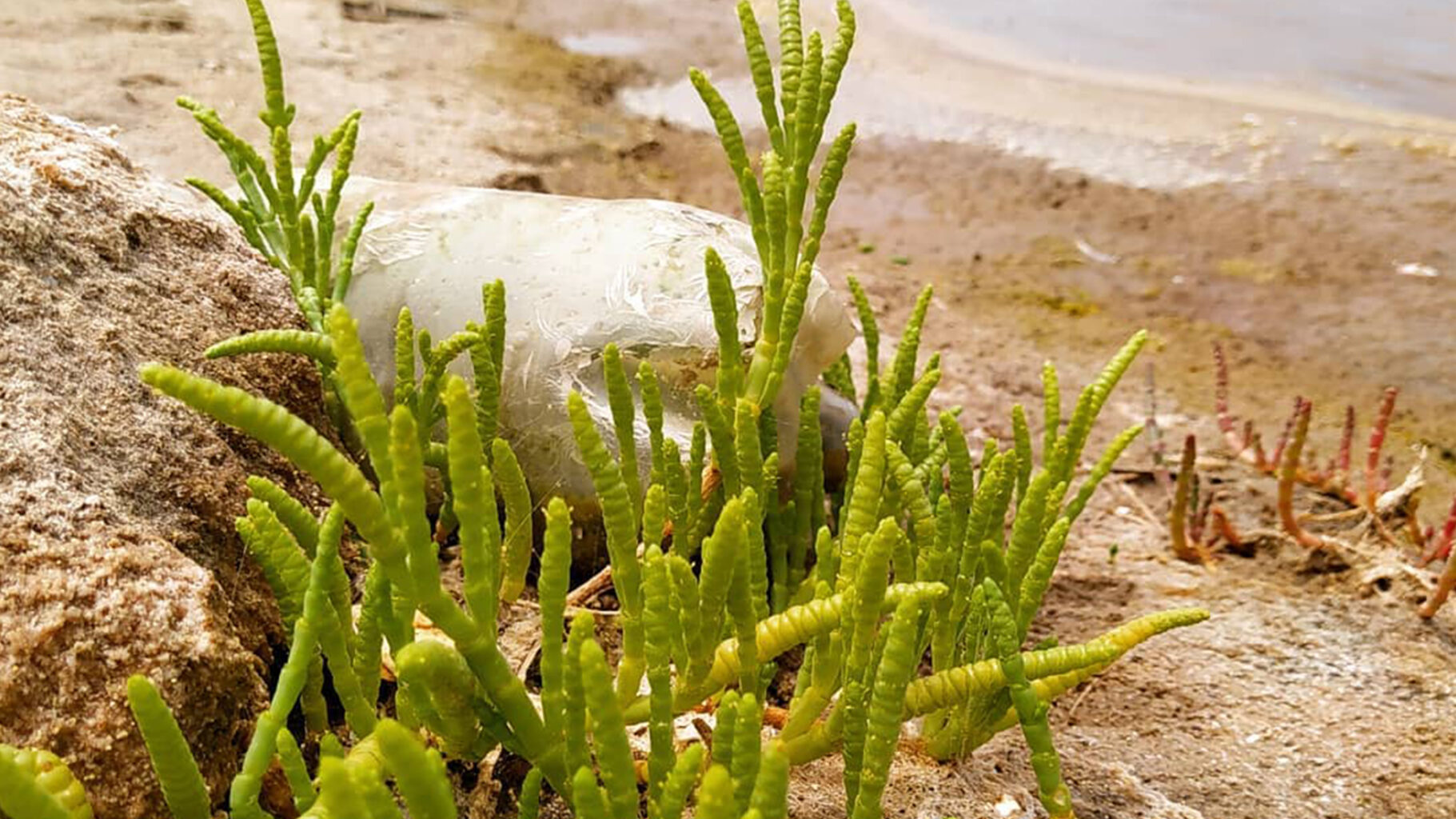
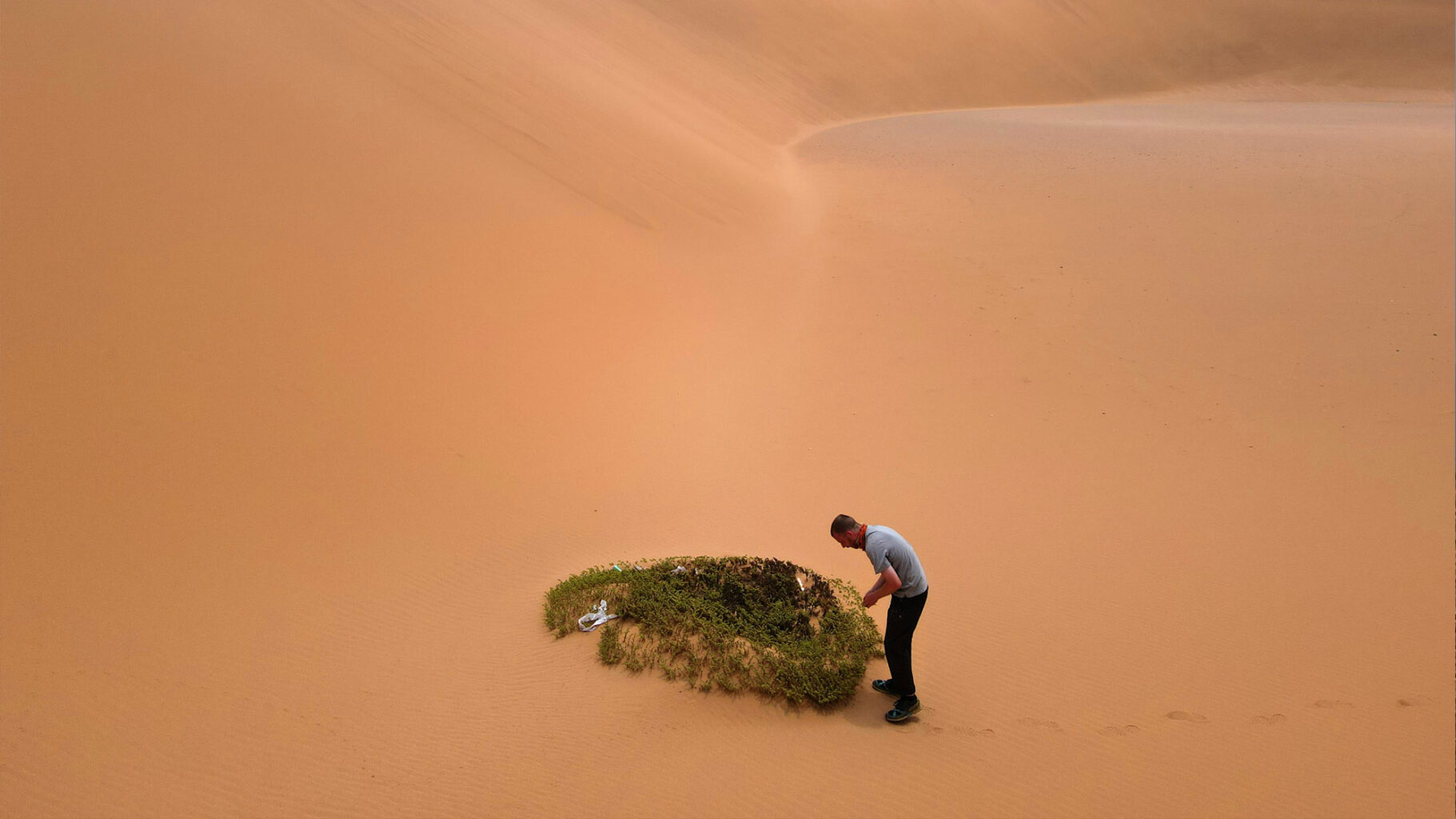
Project Description
Namibia is our largest project to date which actually combines two projects into one. We are looking at establishing sites both inland and on the coast in two distinct, but related, operations.
Over the past 7 years, Namibia has been suffering a significant drought which affects both the coastlands and the vast plains of the inland farming areas. With rivers running dry, seawater levels rising, and coastlines disappearing due to erosion; our project will include nature-based infrastructure which will protect the local ecosystems from these climate impacts, as well as incorporate highly productive vegetable farming to benefit the local communities.
Project Sites
Coast
Namibia’s coastline is large, vast, and beautiful. It is a fascinating interface where the desert meets the sea, resulting in unique flora and fauna native to the area including world record colonies of Seals, Cormorants, and Flamingos to name a few. The coastal areas are also sparsely populated, with towns separated by large expanses of flat, unused land which suffers from highly salinised soils, making them problematic for conventional farming.
With this project we aim to turn these areas of degraded and salinised soils into healthy and profitable ecosystems by linking the following elements into a nutrient cycling system:
Aquaculture – Produce high-value export produce such as Shrimp and Finfish, as well as feed the wider system with nutrient rich wastewater (fertilizer).
Saline Agriculture – This system will use seawater or saline groundwater to grow salt tolerant vegetables which have a wide range of end uses including the sea vegetable market, livestock fodder, fish feed, biofuels and more.
Mangrove Wetlands – They protect the coast from erosion, while providing habitats for wildlife by providing spawning habitats and nurseries for the aquaculture fish and shellfish, along with food. Mangroves are also a high carbon sequestering plant, and are able to capture 500 tonnes over 10 years per hectare.
Freshwater Lenses – Collected freshwater from rainfall in order to boost the range of species cultivated in such environments.
Dryland Agroforestry – Our intention is to plant drought-tolerant species for a number of different uses including animal fodder, soil stabilisation, carbon capture and aesthetics.
By incorporating these individual components into a single coastal system, the project will be able to provide the following environmental and social benefits:
+ Create 150 jobs per 500ha for low-income communities
+ Boost eco-tourism through desert beautification and landmark creation
+ Introduce high-value products to local and regional markets
+ Promote wetland wildlife for biodiversity and tourism
+ Capture 200,000 carbon credits by 2022
Inland Farms
Visits to the inland farmlands of Namibia have highlighted just how serious the drought conditions are. With little to know fresh water, farmers are unable to grow crops which will be used to feed their livestock, and as a result farms have had to sell their stocks as they are unable to sufficiently support them. We aim to tackle these issues with a combination of regenerative farming and saline agriculture.
Regenerative farming is the process of building agricultural systems that can regenerate nature while producing food. In the context of the Namibia project, this involves the selection of drought-resilient crops that can sustain high temperatures and low rainfall, and even salinity build-up from high rates of evaporation.
In order to promote the health of the land, the soils, and water, we intend to use a mixture of approaches to cultivate food. These methods will include the cultivation of corn, squash, and beans together; grow drought-tolerant soy crops for cattle feed; and plant native crops to improve biodiversity.
Similar to our project in Malawi, the inland areas contain a number of boreholes which tap into aquifers that are producing brackish water that is unsuitable for drinking and agriculture. We will use the same principles as the SACA project to use this water to set up an integrated saline agriculture system, requiring no freshwater.